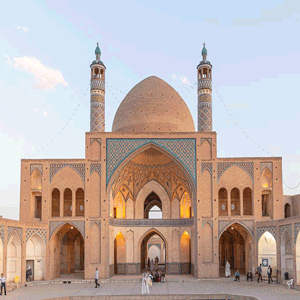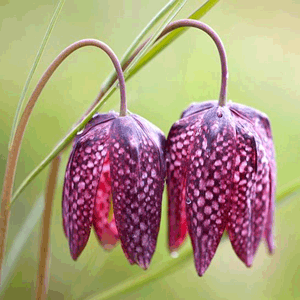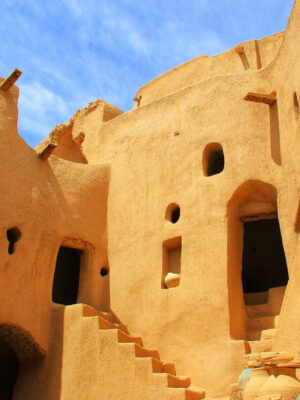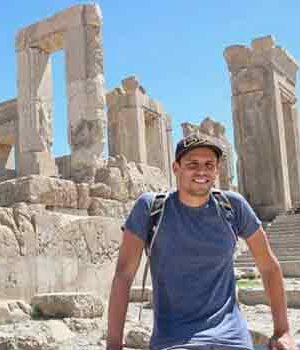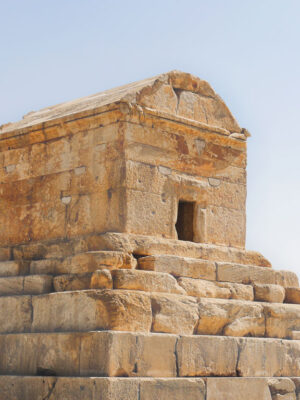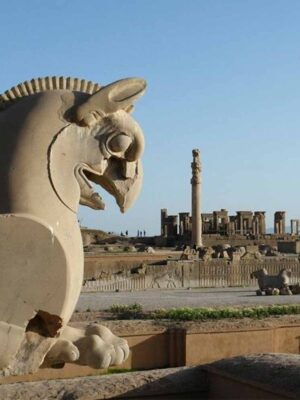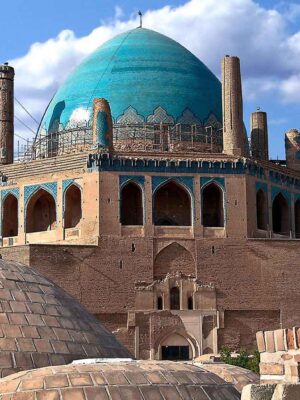Persepolis
Located 60 km from Shiraz, is the awe-inspiring Persepolis, the capital of the Achaemenid Empire, founded by Darius I in 518 B.C. Darius I, the great Achaemenian king, created, reorganized, and unified an empire which eventually was larger and more efficiently ruled than any other the ancient world had yet seen. Darius conceived Persepolis, its unmatched splendor still evident today despite the ravages of foreign invaders and centuries of exposure, as the spiritual hub of the empire. The building program begun by Darius I (522-486 B.C.) and carried on by his two immediate successors, Xerxes (486-465 B.C.) and Artaxerxes (465-424 B.C.), remains a magnificent memorial to the achievements of the Achaemenid kings.

The most important buildings at Persepolis were crowded onto a terrace of natural rock (Takht-e- Jamshid) that rises 12 meters above the plain on three sides and abuts a low mountain on the forth side. There are about fifteen major buildings, including the Apadana, the Hall of Hundred Columns, the Gate House of Xerxes, the Treasury, the Harem, the so-called Central Building, and the majestic palaces of Darius the Great, Xerxes, Artaxerxes I and Artaxerxes III.
Persepolis was the site where the Achaemenid kings came to celebrate the Iranian New Year (Norouz), the achievements of their ancestors, religious ceremonies, to receive foreign delegations, and to be buried. This was all until it was burnt to the ground by Alexander of Macedonia in 330 B.C. The existing remains consist of stone columns with elaborate bases and capitals, stone doors and window jambs, and facades and staircases, many with splendid bas reliefs and relief sculptures. All this makes Persepolis one of the most impressive sites, not just in Iran but in the whole of the ancient world.
Persepolis
Located 60 km from Shiraz, is the awe-inspiring Persepolis, the capital of the Achaemenid Empire, founded by Darius I in 518 B.C. Darius I, the great Achaemenian king, created, reorganized, and unified an empire which eventually was larger and more efficiently ruled than any other the ancient world had yet seen. Darius conceived Persepolis, its unmatched splendor still evident today despite the ravages of foreign invaders and centuries of exposure, as the spiritual hub of the empire. The building program begun by Darius I (522-486 B.C.) and carried on by his two immediate successors, Xerxes (486-465 B.C.) and Artaxerxes (465-424 B.C.), remains a magnificent memorial to the achievements of the Achaemenid kings.

The most important buildings at Persepolis were crowded onto a terrace of natural rock (Takht-e- Jamshid) that rises 12 meters above the plain on three sides and abuts a low mountain on the forth side. There are about fifteen major buildings, including the Apadana, the Hall of Hundred Columns, the Gate House of Xerxes, the Treasury, the Harem, the so-called Central Building, and the majestic palaces of Darius the Great, Xerxes, Artaxerxes I and Artaxerxes III.
Persepolis was the site where the Achaemenid kings came to celebrate the Iranian New Year (Norouz), the achievements of their ancestors, religious ceremonies, to receive foreign delegations, and to be buried. This was all until it was burnt to the ground by Alexander of Macedonia in 330 B.C. The existing remains consist of stone columns with elaborate bases and capitals, stone doors and window jambs, and facades and staircases, many with splendid bas reliefs and relief sculptures. All this makes Persepolis one of the most impressive sites, not just in Iran but in the whole of the ancient world.






